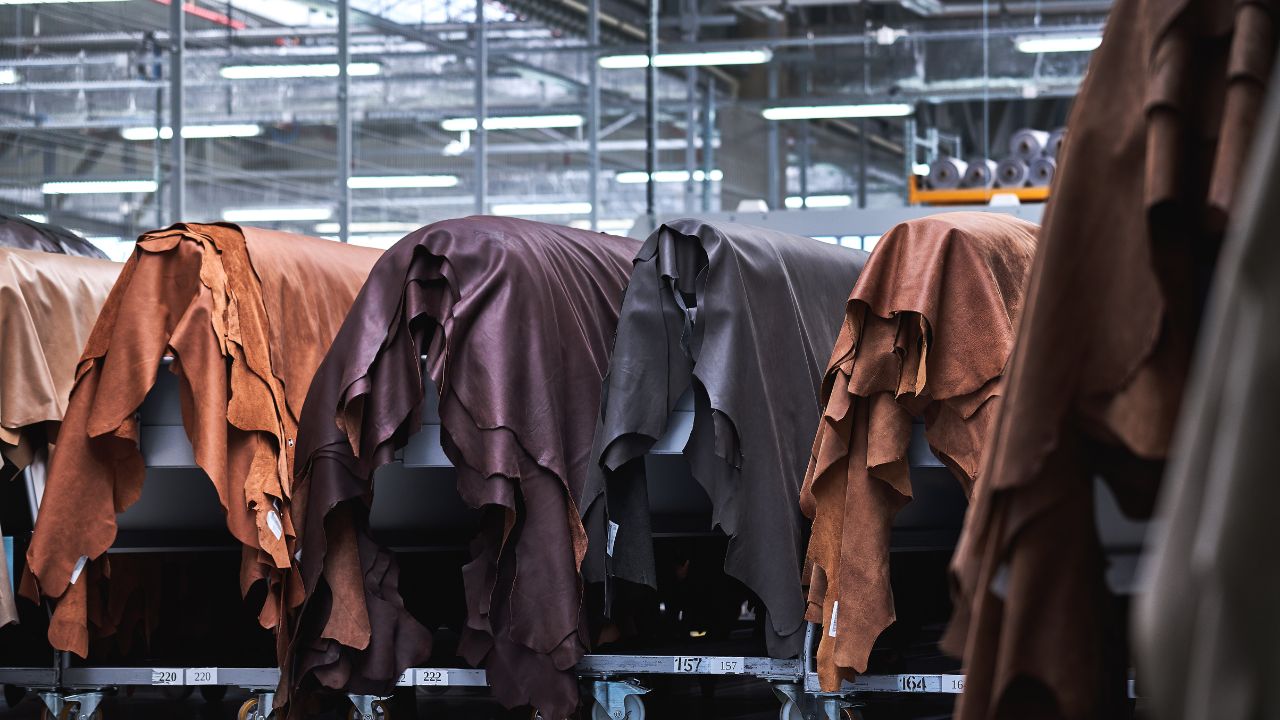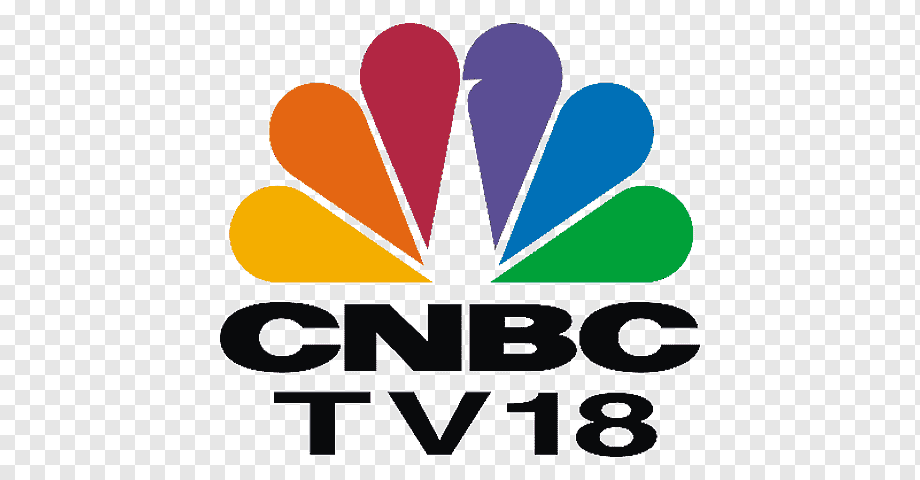Advertisement|Remove ads.
Crisil warns US tariffs could cut Indian leather revenue by up to 12% in FY26

India’s leather and allied products industry faces one of its toughest years yet, with CRISIL Ratings projecting a 10-12% fall in revenue for FY26. The slump follows the United States’ decision to impose a combined 50% tariff—25% reciprocal duty and 25% penalty for India’s Russian oil purchases.
The move has hit export demand sharply, with the agency warning that operating profitability could contract by 150-200 basis points and credit profiles weaken as a result.
Exports take a heavy hit
India’s leather industry, valued at ₹56,000 crore, earns nearly 70% of its revenue from exports, largely to the European Union (over 50%) and the US (around 22%). The fresh tariff burden, which came into effect in late August, has led to widespread order cancellations and production halts—particularly among small tanneries and US-focused units.
Export volume is expected to drop 13-14% this fiscal, with revenue likely to fall 14-16% to $3.9-4 billion, said Jayashree Nandakumar, Director at CRISIL Ratings. Finished leather goods such as shoes and accessories—which fetch about 14-15% higher realisations—are the most affected, she added.
According to ET Markets data, the listed leather sector—which includes manufacturers of shoes, bags, and garments—has a total market capitalisation of around ₹78,370 crore. Sector stocks have declined 9% in the past month and nearly 21% over the past year, underperforming most other sectors.
Margins and credit profiles under pressure
The revenue slump, combined with high fixed costs—wages, leases, and maintenance account for 25-30% of total costs—is set to compress profitability further.
“Lower revenue and weak fixed-cost absorption will compress exporters’ profitability by 250-300 bps this fiscal,” said Athul Sreelatha, Associate Director at CRISIL Ratings.
While domestic demand could see a moderate recovery, aided by a GST cut on leather products from 18% to 12% and stable inflation, it will not fully offset the export hit.
Some relief from policy measures
The recently signed Free Trade Agreement with the UK, lower GST on intermediate goods (from 12% to 5%), and soft raw material prices could provide partial relief. With no major debt-funded capex on the horizon, overall leverage—measured by total outside liability to adjusted net worth (TOL/ANW)—is expected to remain below one time this fiscal.
However, as CRISIL cautioned, the industry’s outlook hinges on four key variables: how tariffs evolve, the pace of market diversification, the impact of re-exports through Europe, and volatility in foreign exchange rates.

/filters:format(webp)https://news.stocktwits-cdn.com/large_Stock_chart_jpg_6c4cc95d17.webp)
/filters:format(webp)https://news.stocktwits-cdn.com/IMG_4530_jpeg_a09abb56e6.webp)
/filters:format(webp)https://news.stocktwits-cdn.com/large_openai_sam_altman_resized_jpg_70d64e6db7.webp)
/filters:format(webp)https://st-everywhere-cms-prod.s3.us-east-1.amazonaws.com/Rounak_Author_Image_7607005b05.png)
/filters:format(webp)https://news.stocktwits-cdn.com/large_unitedhealth_jpg_98f759065b.webp)
/filters:format(webp)https://st-everywhere-cms-prod.s3.us-east-1.amazonaws.com/unnamed_jpg_9dff551b50.webp)
/filters:format(webp)https://news.stocktwits-cdn.com/Getty_Images_2239438553_jpg_ae3a87d29d.webp)
/filters:format(webp)https://news.stocktwits-cdn.com/shivani_photo_jpg_dd6e01afa4.webp)
/filters:format(webp)https://news.stocktwits-cdn.com/large_Quantum_Computing_jpg_8d3aa87e51.webp)
/filters:format(webp)https://st-everywhere-cms-prod.s3.us-east-1.amazonaws.com/Prabhjote_DP_67623a9828.jpg)
/filters:format(webp)https://news.stocktwits-cdn.com/large_Apple_jpg_0c11043304.webp)